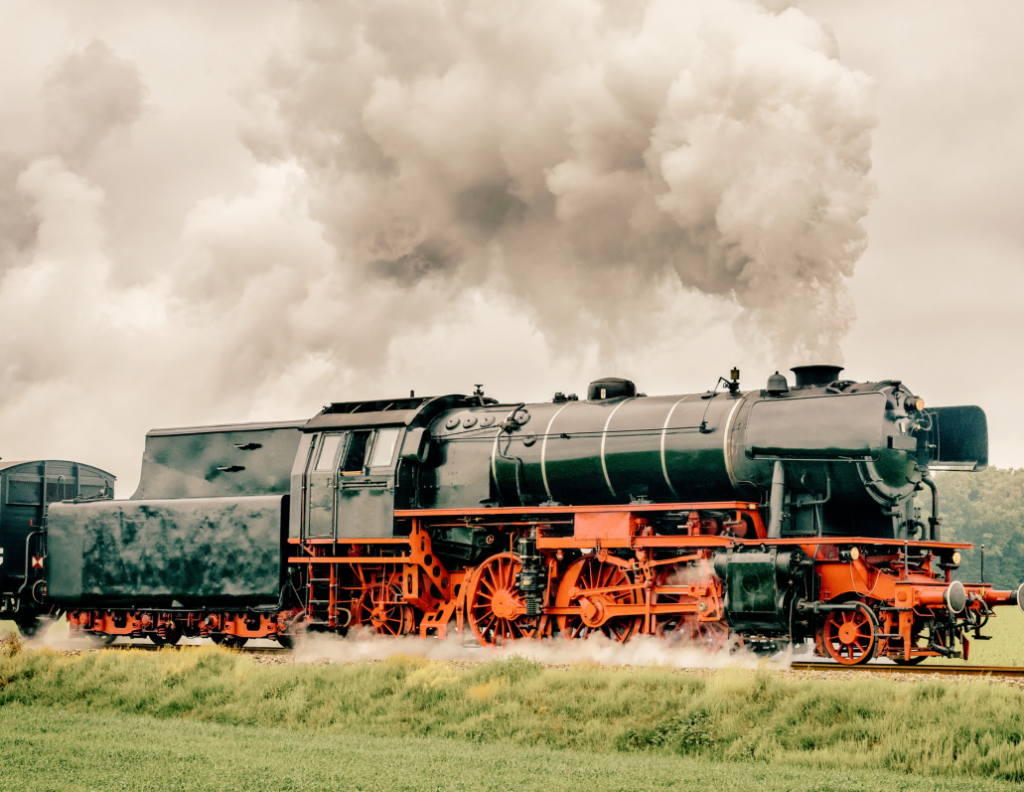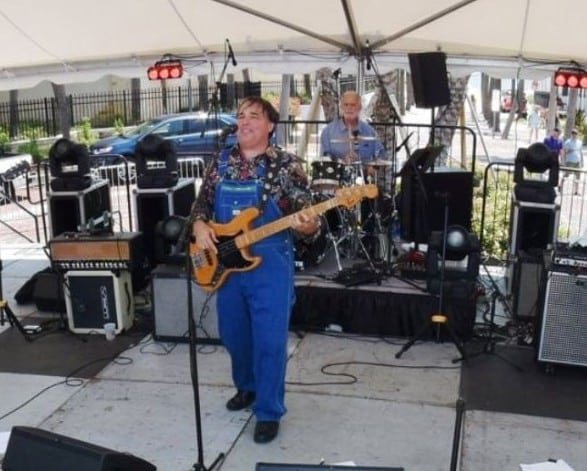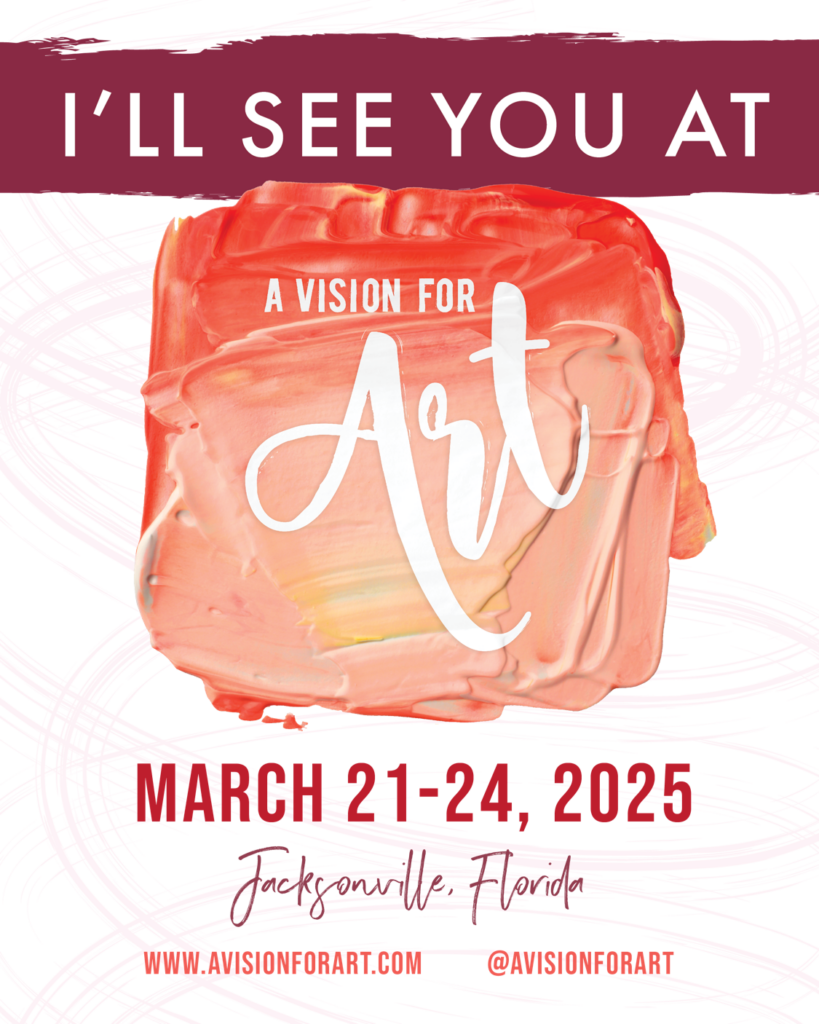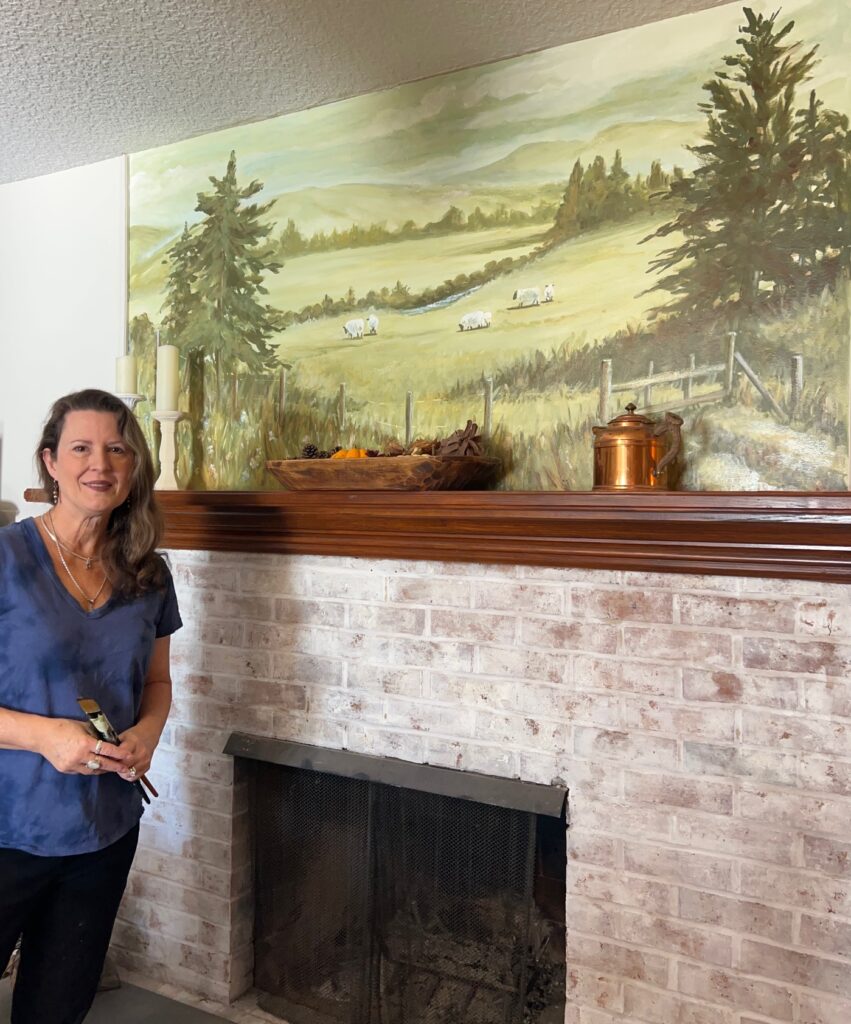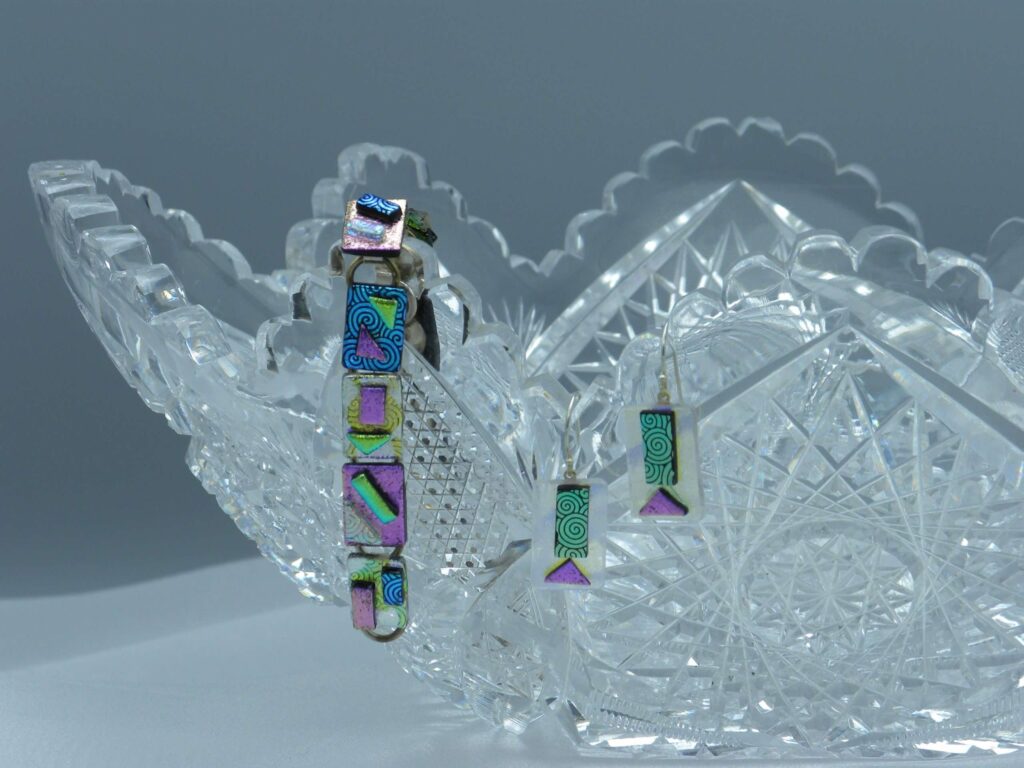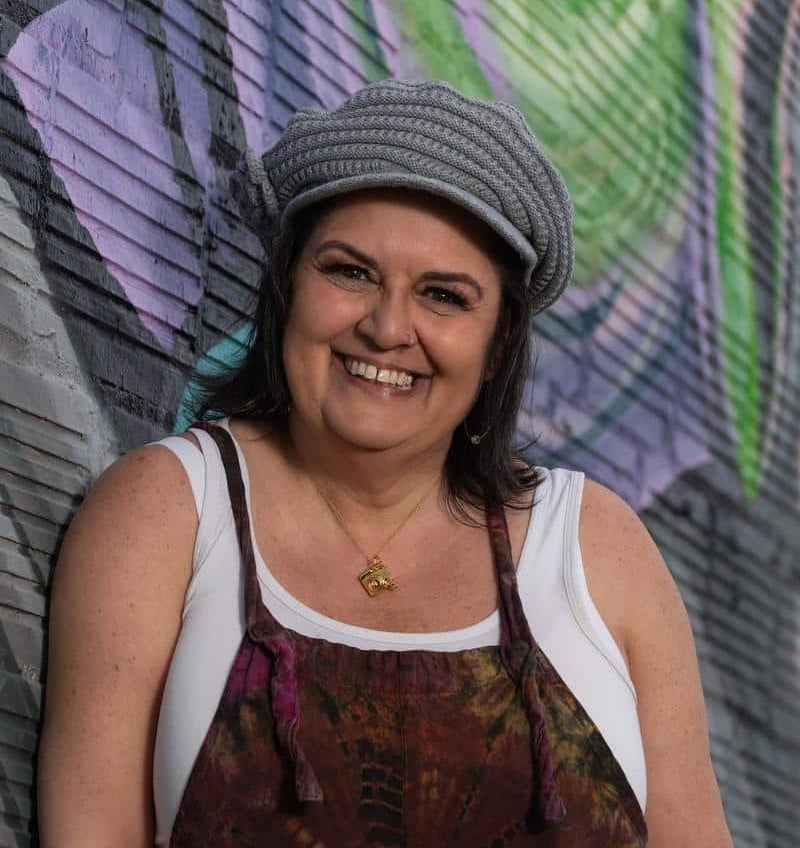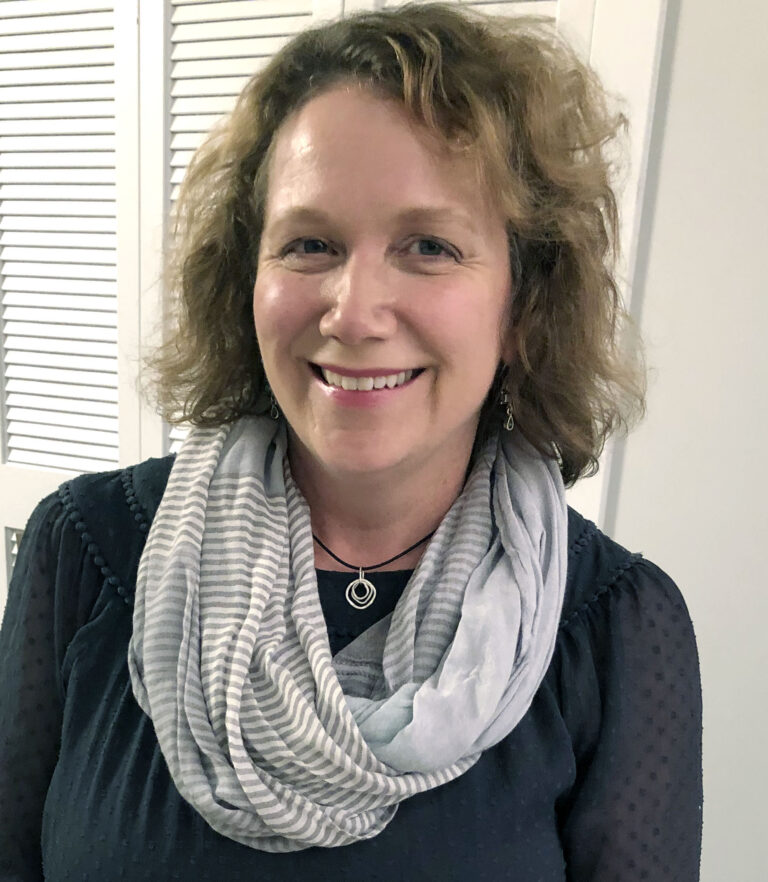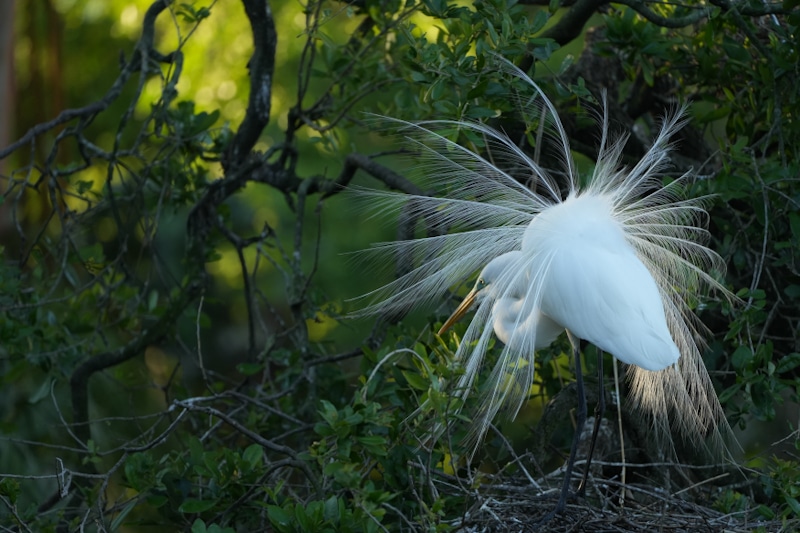
Know your birds
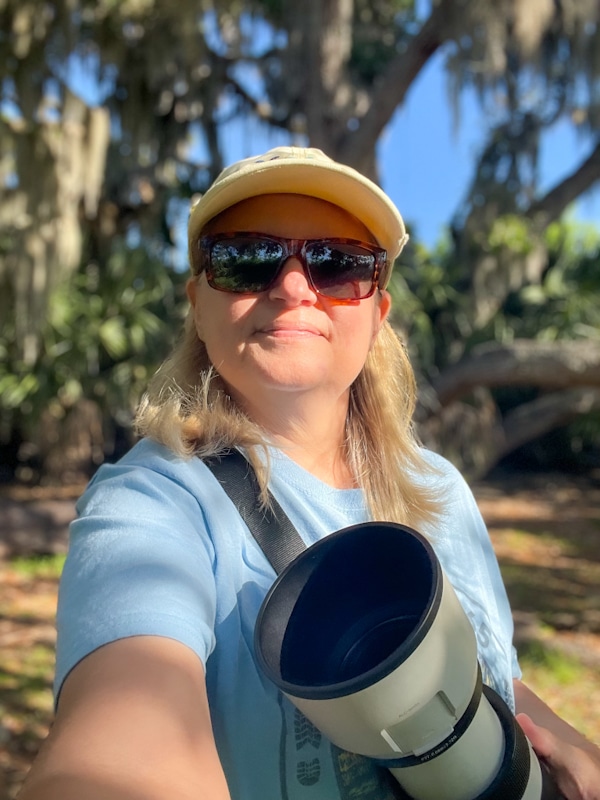
- Educate yourself on types of birds and their habitats. If you know where they live, you are more likely to encounter them in their natural setting. Visit local parks and state parks, gardens, the beach, the zoo, even your own backyard! Birds are everywhere around us. Early this spring while visiting the alligator farm to see what nesting action had started, I encountered a Pileated Woodpecker. That was a nice surprise! Sometimes the birds find you, so always be prepared for the unexpected.
- Research more about the birds you hope to photograph. I have bird books, bird magazines, and I use an app called Merlin (at home and when I’m out). The app is amazing because it will record the bird sounds and identify the birds by sounds. You can also use Merlin to record the birds you see and you can upload data to Ebird, if interested.
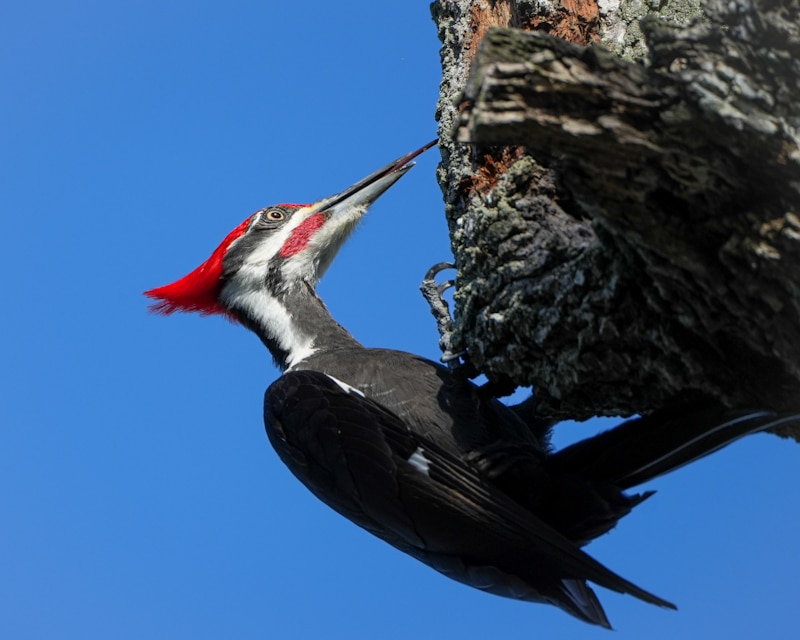
Stop, look, and listen
- When I am out walking at a park, the beach, or a nature trail, I always stop periodically, and just look around for bird movement; and while quiet, I listen for bird sounds. Many times, my husband and I will find birds we are looking for solely off sounds the birds make. Listening is a key component. One time while I was at a local park by the river walking, I heard a bald eagle calling. I quickly headed in the direction of the sound. As I walked out onto the pier, over the river, I found the eagle in some nearby trees. There were many people around, but no one noticed the eagle. I did make sure to point her out to a few people on the pier and they were amazed. See a photo below of the eagle.
- Another note on looking, you must be patient, and often you will have to look over and over in the same areas/places. For instance, there are owls at a place we walk often but we hadn’t been able to locate them. Recently, a fellow photographer told me a spot where he thought the nest was located, and later he found the nest. He was able to give me a rough idea of the area. My husband and I were elated to find the nest with the owlet and then upon further looking around the area, I spotted the mama owl. Don’t give up. Once you find a bird’s habitat, you can revisit and probably find it easier and take your time to capture even better photos. I visit this park often and I don’t always find the owls. I have seen the mama and owlet together a couple times, the dad alone one time, and sometimes I don’t spot any of them.
- If you never stop, look, and listen, you will miss so much! I see it all the time, people walk right by an eagle, osprey, or even an owl in a tree! So many cool little birds that migrate to our area in the fall and winter, often get overlooked as well. Taking a few moments to look up, look around, and watch closely, it makes all the difference! We use the Merlin app while walking and it often helps us locate birds, give it a try!
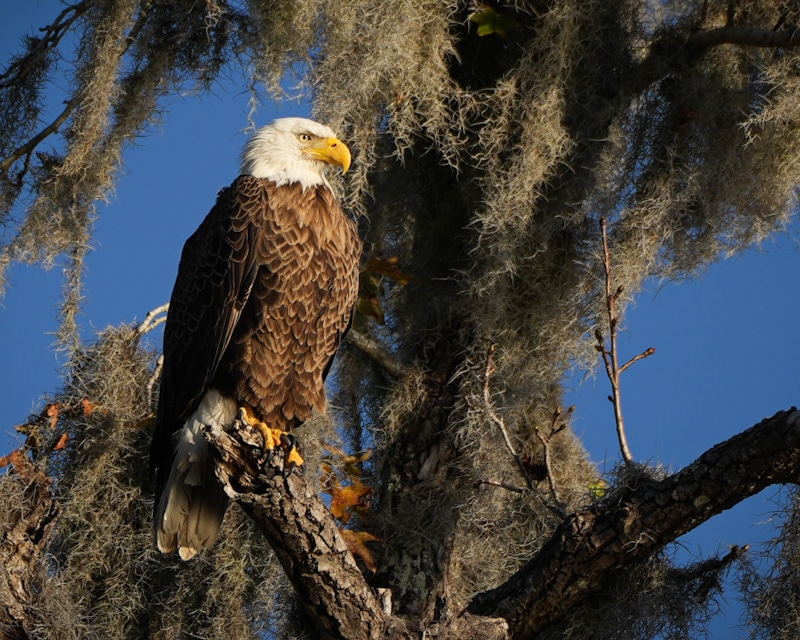
Lighting!
- Probably the single most important thing in photography is good lighting. You will always hear photographers say to take photos during golden hour or blue hour and not in the middle of the day. One time though, while at a photography workshop, the professional photographer said, “The best time to take bird photos is anytime!” For me personally, I do try to take bird photos early morning or late afternoon/evening, but sometimes when I am out and about in the day, I will spot a bird that I HAVE to capture. You make do, and you use your knowledge of your camera and settings. Also, you find the best composition and put the light behind you as much as you can, or use light filtered through the trees. If you don’t take the shot, you might miss a great opportunity!
- When you have ample time to set up your shot, try to wait until the bird is in an ideal spot, for example the photo below of the great egret with its mating display. I lined up the shot in a manner to show the light coming through to the rookery and the light is shining on the egret’s beautiful breeding plumage.
- Sometimes shooting toward the light can create wonderful images with bokeh, or silhouettes, and high-key shots that are also amazing.
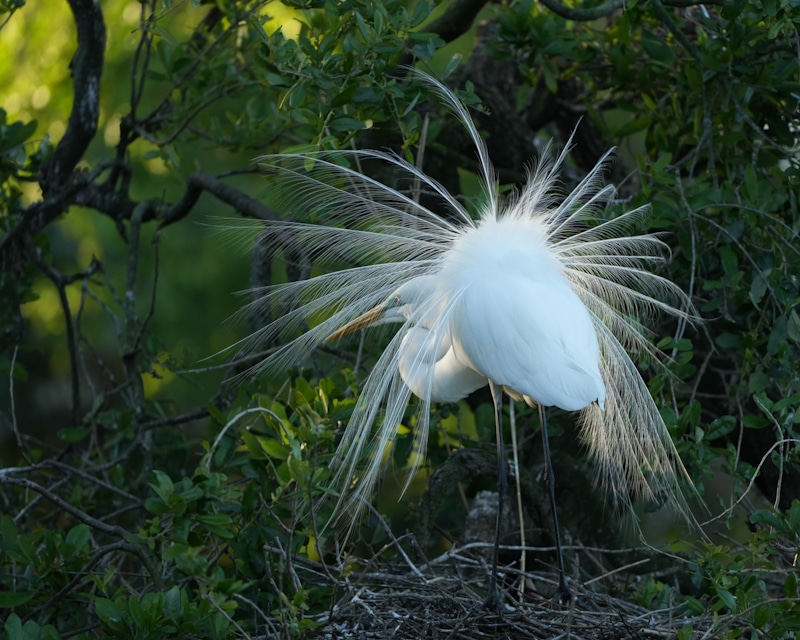
Composition
- In bird photography, you don’t always have the time to perfectly line up your shot and create the best composition. You often just take the shot, or in my case, multiple shots! Set your camera for continuous shooting. I use Auto focus for continuous shooting as well. My camera also has bird eye detection. This really helps me when I’m trying to focus in on a bird quickly. In these cases, I often will often crop and straighten the photos later in an editing program, such as Adobe Lightroom.
- Even when you must just “shoot”, pay attention to the setting. I like to capture birds in their natural setting as much as possible. But I also, look for things I do or don’t want in the photo. If a bird is too hidden, for example, or there are too many branches, I might skip taking the shot. However, I am always up for a challenge, so there are times, I will shoot right through those branches and come up with an interesting perspective.
- If you have ample time to set up your shot, try to include some of the setting in your photo (for instance the great egret shot above, includes its nest and surrounding trees.) Show where the bird is looking or where the bird is going. I love a good bird portrait, but it’s also fun to show some action or more of the surroundings … a look into the bird’s life, so to speak.
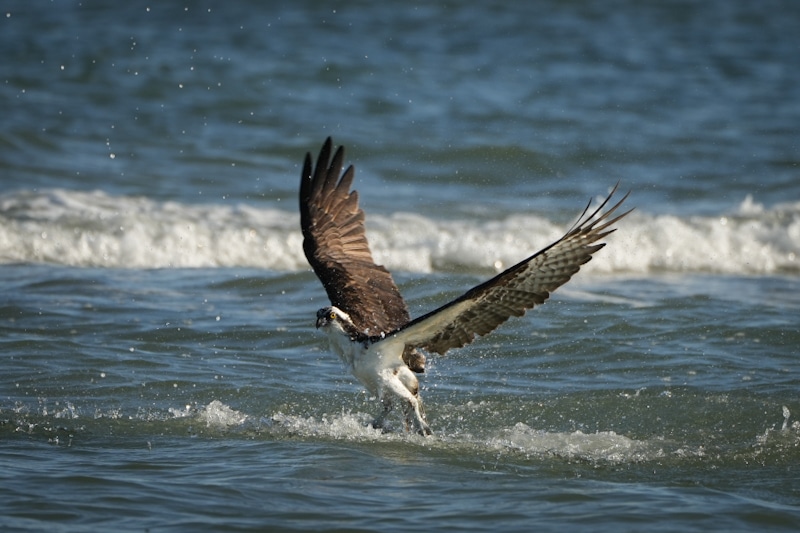
Action!
- Bird portraits are lovely, but showing some action really captures the essence of a bird’s life. Action shots are not always easy, so a little preparation helps.
- First, make sure you have your settings ready for action. You will need a higher shutter speed to capture a bird in flight, a bird taking a bath, a bird capturing its prey, etc. I generally have my shutter speed around 800-1000 when out taking bird photos but if I am going to capture flight shots, I will bump it up to 1250, 1600 or even 2000 (this is good for hummingbirds!)
- Second, find settings that work for action, and look around at your setting and think about your composition. You don’t necessarily just want blue sky in a bird in flight shot. If you can capture, part of the setting such as trees, ocean, or even just clouds, you’ll have a much better photo.
- Being on eye level with birds is an overall great tip, which can work well with action as well. Sometimes you have to get down on the ground to capture that bird taking a bath in the pond or a predator eating its prey in the grass.
- Lastly, don’t forget to take multiple consecutive shots! You can capture wonderful sequences of events! Follow the bird with your camera (tripods can help for sure to keep steady) but I am a “walking” photographer, so this is where the camera stabilization bird detection, and multiple shots help.
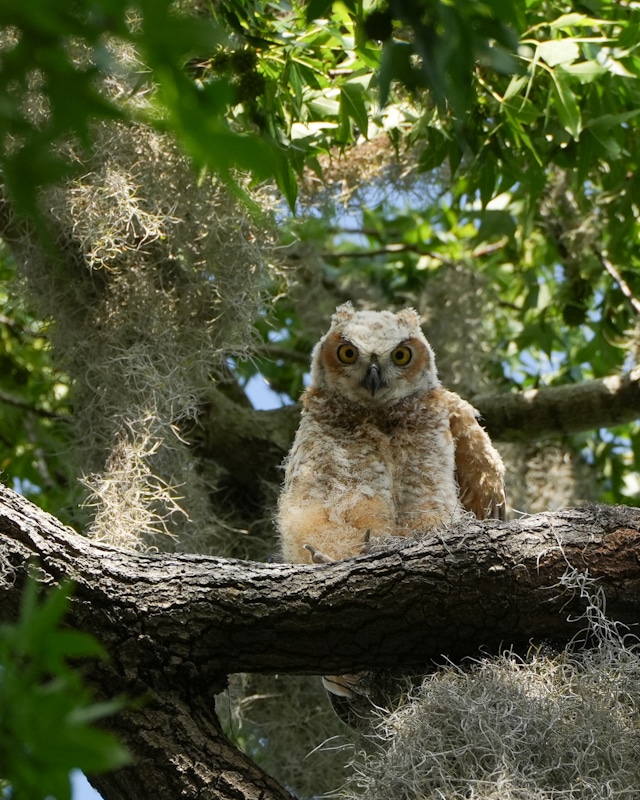
Have fun!
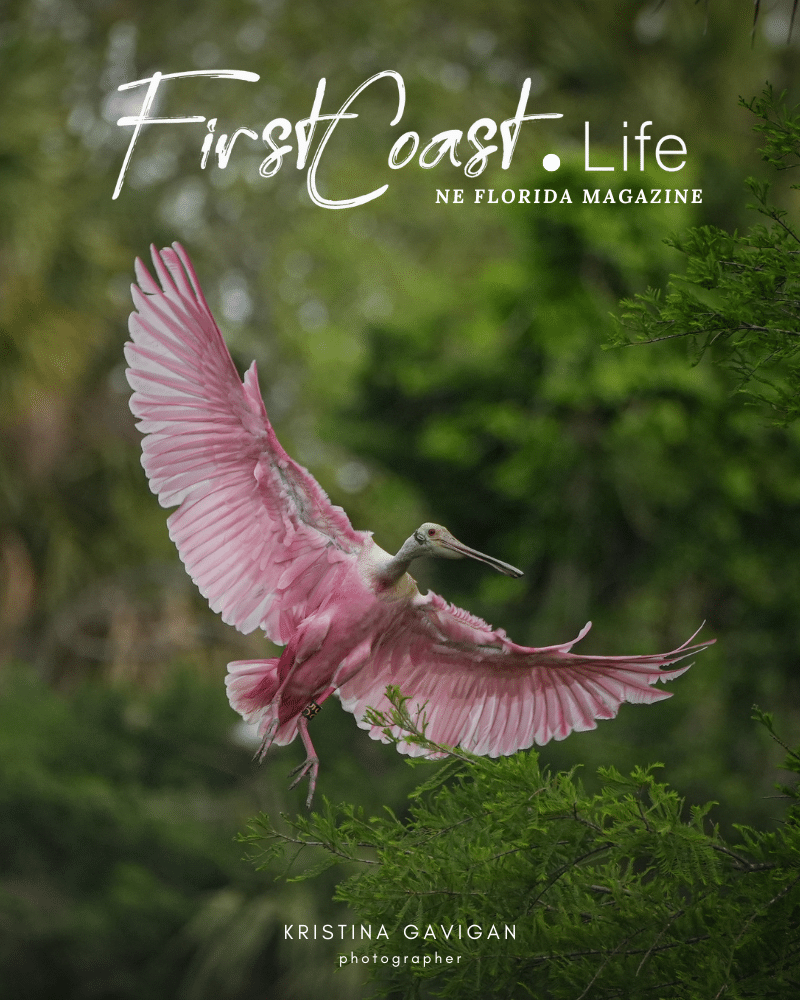
- Birding was a hobby for me, photography was also a hobby … the two meshed and became a passion! If you love what you do, you’ll do it well!
- Don’t beat yourself up when none of your shots come out! This happens to us all. You just try, and try again. Ever heard “practice makes perfect”? I am constantly trying new things and taking photos almost daily to improve. (Side note: I purchased a new camera and lens in 2022 and I am still using that same equipment. I have not upgraded to a larger lens.) I am a believer in the photographer sees and makes the photo, not the camera. My purpose in sharing my photography is hoping others look at my photos and see what I see. Photography truly is an art.
- One last suggestion that was given to me by another photographer when I was starting out, look at other photographers’ work often and share photos on social media and photography groups. It helps to see how others compose photos, to get critique from others, and to share ideas with one another. I even like to get out in nature with fellow photographers on occasion to shoot, its fun! I hope some of these tips are helpful to you! Visit my website or Instagram gallery to see more of my work … and send me a message!
Kristina Gavigan
Nature Photographer
“Not all who wander are lost … because sometimes getting “lost” in nature is the perfect place to be.”
www.enchantingfloridaphotography.com/social
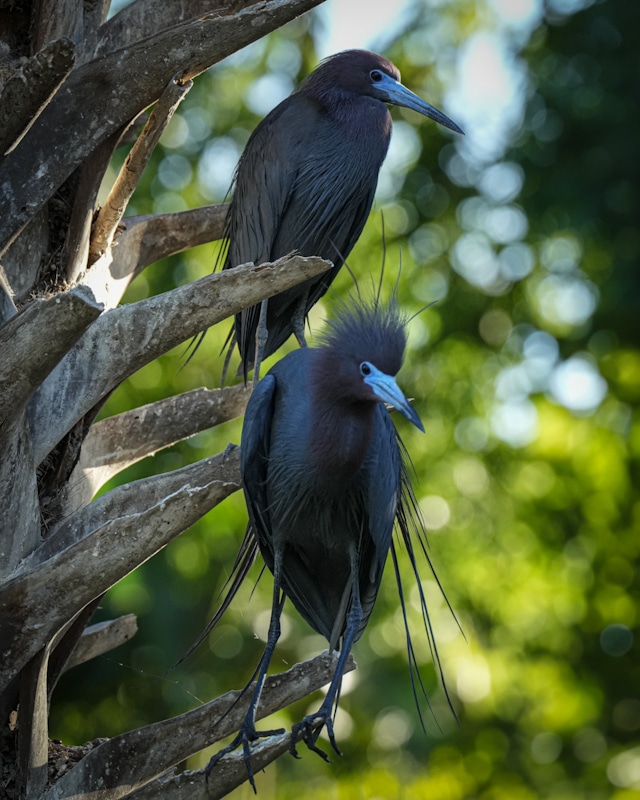
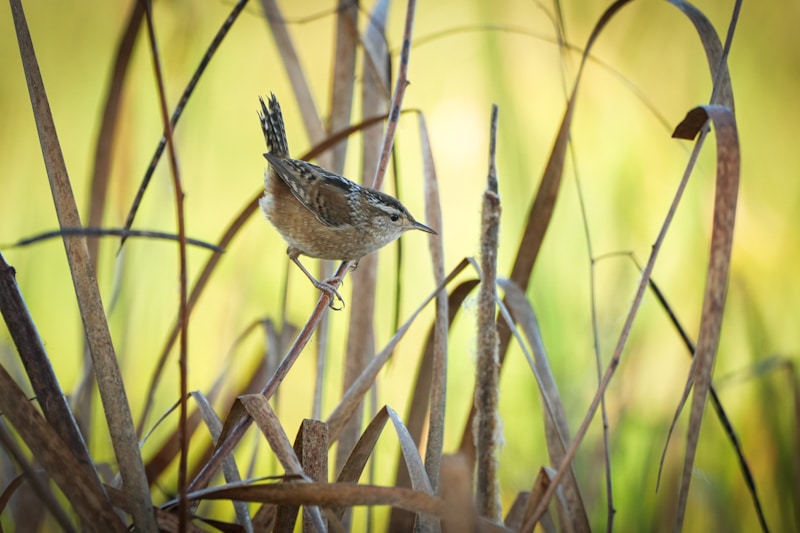

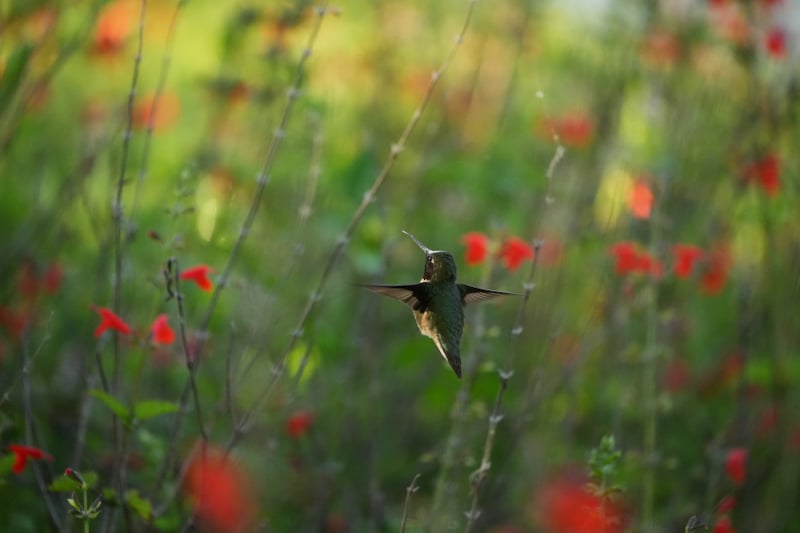
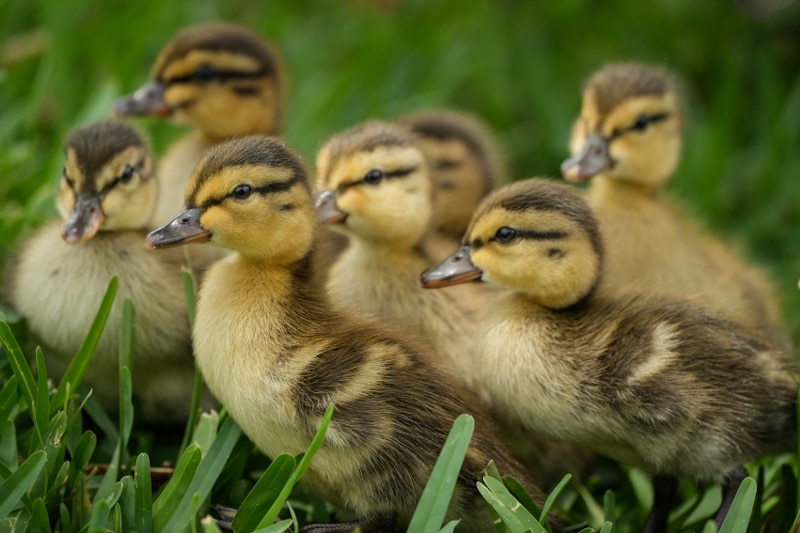
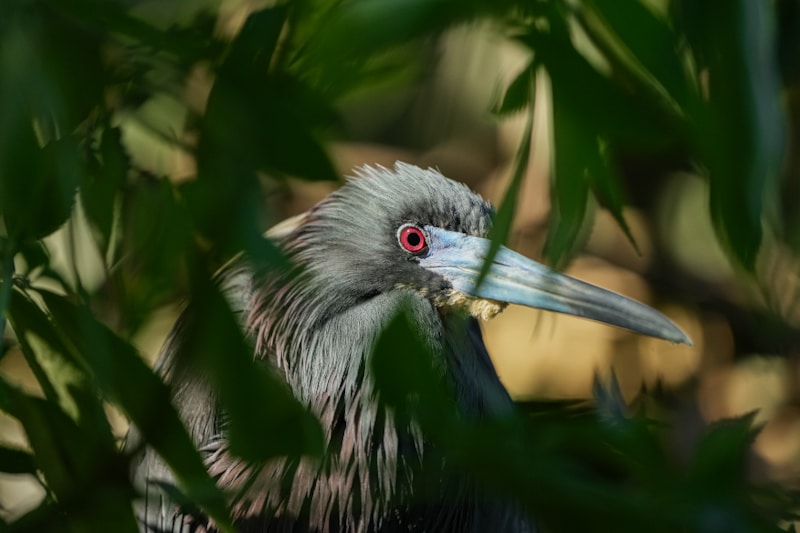
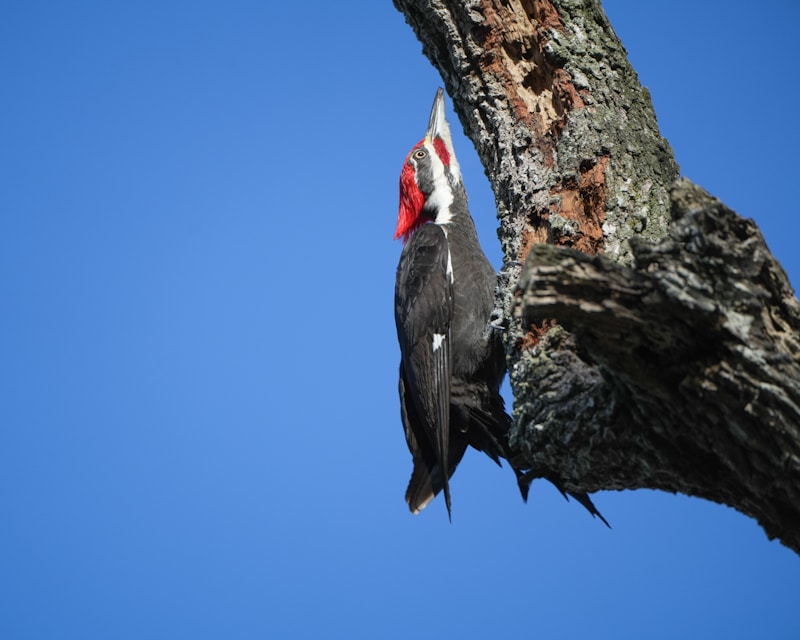
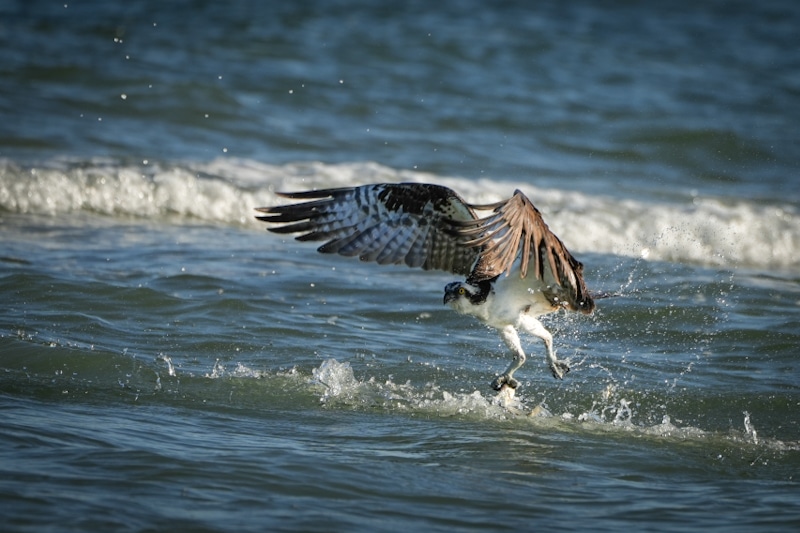

- About the Author
- Latest Posts
Before starting her photography business, Kristina was a stay-at-home mom who enjoyed getting out in nature for walks, going on adventures, taking photos, also blogging and crafting. In addition, living in Florida created a love for birds. In 2022, her photography and birding meshed and became a passion! She started a photography business, Enchanting Florida Photography. Her goal as a Nature Photographer is to share what she sees, and her hope is that people take time to appreciate the simple natural beauty that is all around us. She likes to describe nature as “free therapy” … a getaway, and place to reset the mind. Her personal motto is “Not all who wander are lost … because sometimes getting lost in nature is the perfect place to be!”
Kristina is married, has two grown sons, and resides in St. Augustine, Florida, where she has lived the past 11 years. She has a BS degree in Education and worked with children for many years prior to starting a family. She sees herself as an aspiring photographer and one of many talented photographers in Northeast Florida.

